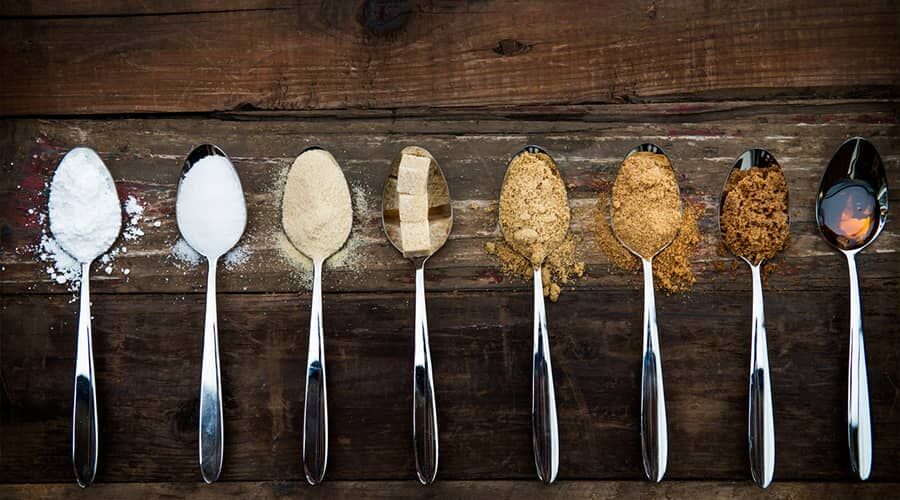
During the end-of-year festivities, most of us have a high sugar intake, so let’s spend Christmas with less sugar.
In addition to the traditional Christmas cakes, there’s always a new dessert speciality to try.
The range of sweets is extended by snickerdoodles, meringues and other sweet ornaments that sooner or later end up in our tummies. If we resist the temptation of cakes, we can still easily find other sources of sugar. The advice of Zsuzsanna Bajor, health promoter and dietician, is worth considering!
Dried and candied fruits, jams and chutneys, all rich in sugar, are typical dishes of the season. If you look at the main course of the festive table with this in mind, you will also find a large amount of sugar. Just think of the delicate, caramelised aroma of steamed cabbage, or the sweetness of fragrant roasted vegetables, special soups and sauces. And if that wasn’t enough, the calorie content of sweet soft drinks and alcoholic beverages is also driven up by the amount of sugar they contain. If we don’t pace ourselves a little, we’re putting our bodies under a huge sugar load in just a few days.
How to start a sugar-free Christmas?
By knowing your sources, you can reduce the amount of sugar you take in to a fraction. The first thing to do is to resist sweets in the shops, and to keep alcoholic drinks in check. When preparing our meals, replace sugar (white or brown) with sweeteners that are healthier!
What to try
The natural fructose content of fruit can satisfy the sweet tooth in many of us. They can be eaten raw, juiced, baked, cooked or stuffed. With the spices used in cakes, apples, pears or even pumpkins can be made into a Christmas dessert without sugar. But if you want to stick to the usual sweet flavours, there’s plenty of choice. Some are low-calorie or moderate-calorie, with a glycaemic index much lower than sugar. Let’s take a look at some interesting examples.
Monk’s pear (Siraitia grosvenorii) is a tropical fruit with a characteristically sweet flavour. Its beneficial ingredients and low calorie content make it suitable for dieters and diabetics. To use, make tea or syrup from the dried fruit. Pour 3 litres of boiling water over half a fruit and leave to stand for 15 minutes. To make syrup, boil the tea for a further hour.
Molasses is the thick syrup produced in the manufacture of cane or beet sugar.
It usually contains 50% sugar, plus other dry matter (e.g. amino acids, antioxidant betaines). It is rich in minerals, with manganese and zinc contributing to balanced insulin synthesis and chromium promoting insulin action. Its glycaemic index is 55, so it does not cause a sudden rise in blood sugar. It can be added to drinks or tea, mixed into yoghurt or muesli, or used in cakes or breads.

